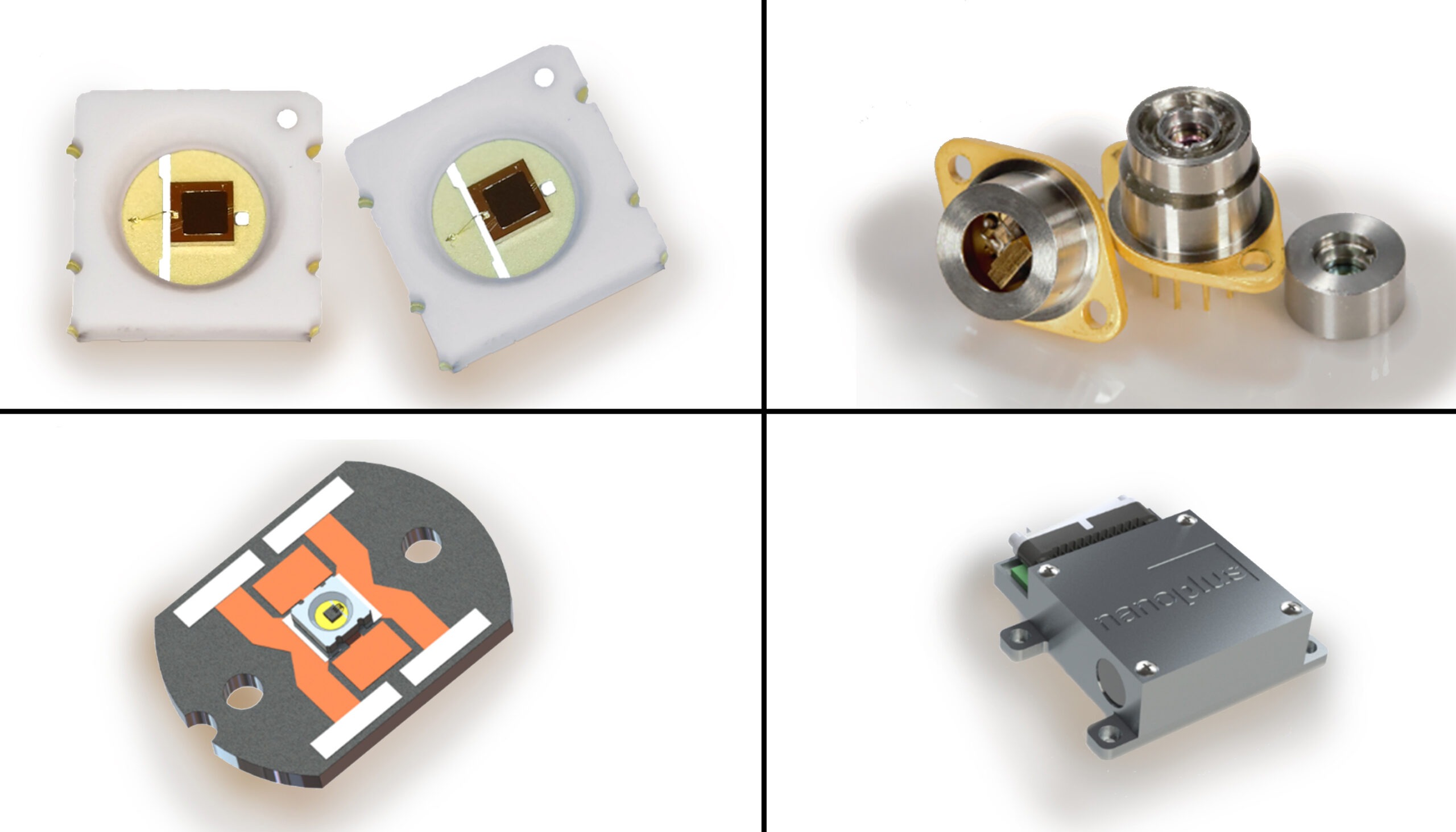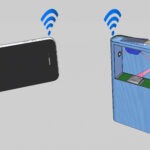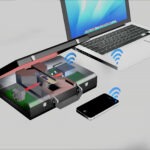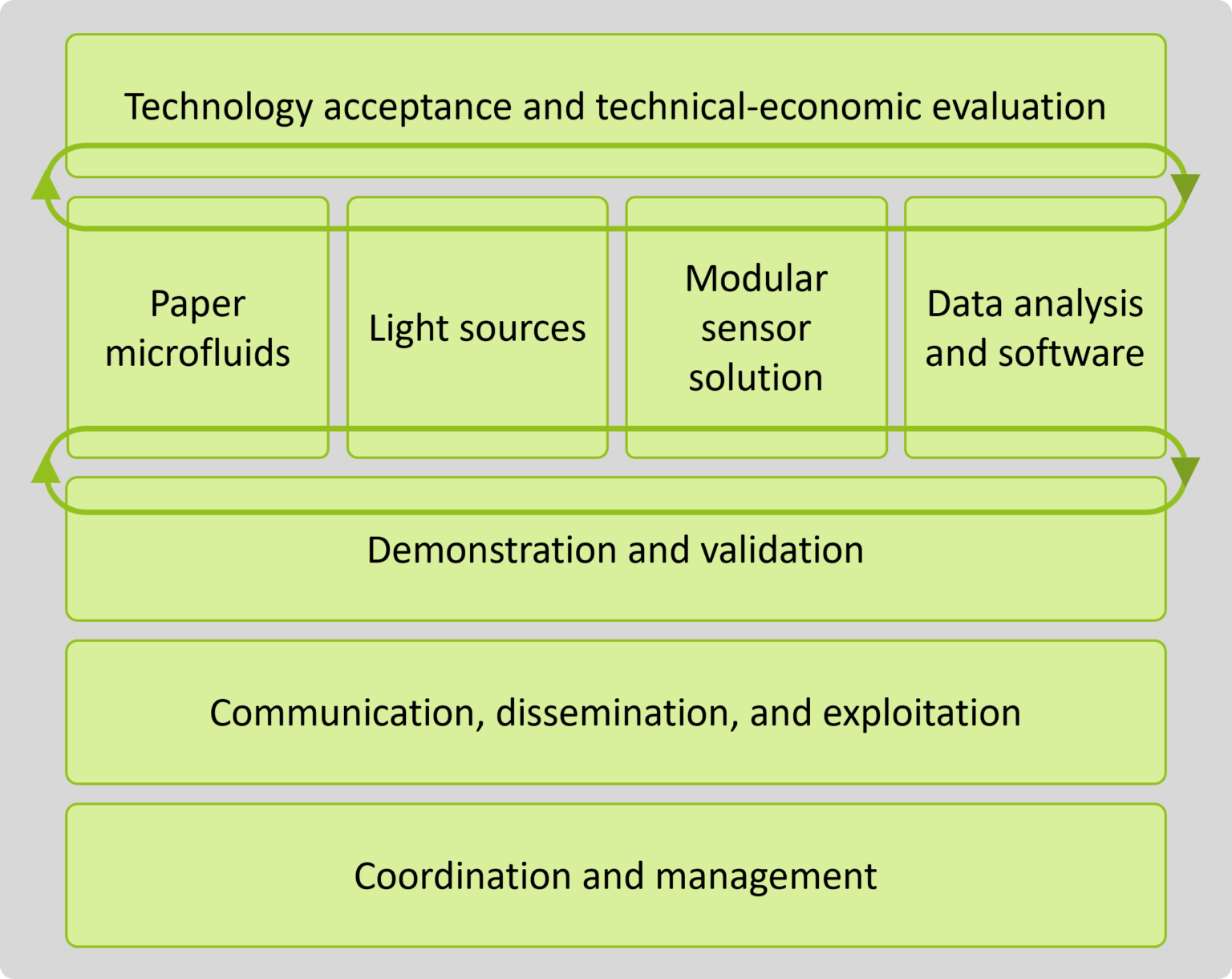Flexible mid-infrared photonic solutions for rapid farm-to-fork sensing of food contaminants
Food Safety Challenge
We all want our food to be free from harmful contaminations, but we often are not aware of the efforts required to ensure that. For example, a recent survey of food manufacturers in the United States and Europe revealed that 94% of the surveyed producers reported fungal spoilage in the finished product as a frequent problem. The main food spoilage fungi secrete toxic secondary metabolites, so-called mycotoxins. The European Commission pointed out that 5–10% of global crops produced are lost annually due to mycotoxin contamination and mycotoxins are also the most frequently notified food safety hazard in the European Union (EU).
In the EU, regulations and testing ensure that food contaminations, such as mycotoxins, fungi, pesticides, and antibiotics, are below critical levels. Today, detecting contaminations at the required low levels (parts per billion range) requires samples to be sent to a laboratory for testing. To avoid the high costs involved, farmers, importers, and manufacturers tend to test large batches, and sometimes only after mixing produce from different origin. If a contamination is detected, the whole batch will be destroyed, resulting in financial losses and food waste.
The food sector is therefore in urgent need for devices that would enable cost-effective testing in smaller batches throughout the food value chains.
Measurement Challenge
On site measurement of chemical and microbial contaminations at the required detection levels in the ppb range is posing a significant technical challenge. A direct measurement of contaminants at these concentrations in a food matrix is not possible by any photonics principle. PHOTONFOOD therefore aims to overcome this barrier by developing an integrated solution that combines innovations in smart paper-based sample treatment, mid-infrared (MIR) sensing and advanced data analysis.

Transforming MIR sensing from existing lab solutions into a portable solution, PHOTONFOOD develops novel infrared light sources, specifically interband cascade light emitting diodes (IC-LED), and interband and quantum cascade lasers (ICL/QCL). The light sources will be combined with sophisticated waveguide technology and 3D-paper microfluidics.
Concept
The PHOTONFOOD project aims to enable testing in smaller batches throughout the food value chain. To achieve this, the project partners will develop devices allowing accurate testing at radically reduced costs per sample. Two innovative photonic devices will be developed by PHOTONFOOD: The first one will be handheld, tailored for daily monitoring along the whole food chain and even retail, which is feasible due to its low envisioned price. The second device will be medium-cost and portable, delivering high-fidelity data at relevant detection limits.

Handheld device
MI-FI
-
Testing cost
Very low
-
Accuracy
Medium accuracy of test
-
Usage
Continuous monitoring
-
Light source
IC-LED light sources for 1500-1800 cm-1 range spectral region
-
Technique
Obtaining rapid medium-resolution MIR molecular signatures with satisfactory precision and sensitivity

Mobile device
HI-FI
-
Testing cost
Low
-
Accuracy
High accuracy of test at critical limits
-
Usage
On-site reference analysis
-
Light source
ICL/QCL light source for 1500-1800 cm-1 range spectral range
-
Technique
Provide MIR molecular signatures of commodity matrix changes and contaminants with maximum spectral resolution, sensitivity, and precision
With only little training, the food operators will be able to test their produce with the new devices. The low costs will allow for frequent testing in small batches before shipping, mixing, or selling – ultimately reducing food waste while increasing the quality of your food.
Objectives
To address the challenges and to realise the concept outlined above, the specific scientific and technical objectives of PHOTONFOOD are:
- To develop smart, cheap, and user-friendly 3D-paper microfluidic devices to extract, separate and preconcentrate chemical and microbial contaminants for sample treatment.
- To design and produce 3D-printed cartridges iteratively to ensure alignment in the interface between the paper microfluidic strip and the optics for readout.
- To realise monolithic interband/quantum cascade lasers (ICL/QCL) with the required coverage of a broad wavelength window.
- To pioneer the development of low-cost powerful MIR light emitting diodes (MIR-LEDs)
- To develop specific pre-processing tools and to establish robust calibration models for MI-FI and HI-FI data covering a narrow but very discriminative spectral range.
- To establish data analysis models in a cloud service and provide them as application for a laptop and a mobile phone for the MI-FI and HI-FI instrumentation.
Validation and demonstration
The devices will be validated and demonstrated in real scenarios in food production and benchmarked against state-of-the-art laboratory platforms. For the HI-FI device, sufficient accuracy to become an accredited reference analysis is envisioned. For both devices, the objective is to detect filamentous fungi, mycotoxins in wheat, nuts, dried fruits, and aquaponic-based herbs, as well as pesticides and antibiotics in aquaponic-based herbs at the levels required by EU regulations.
Work packages
